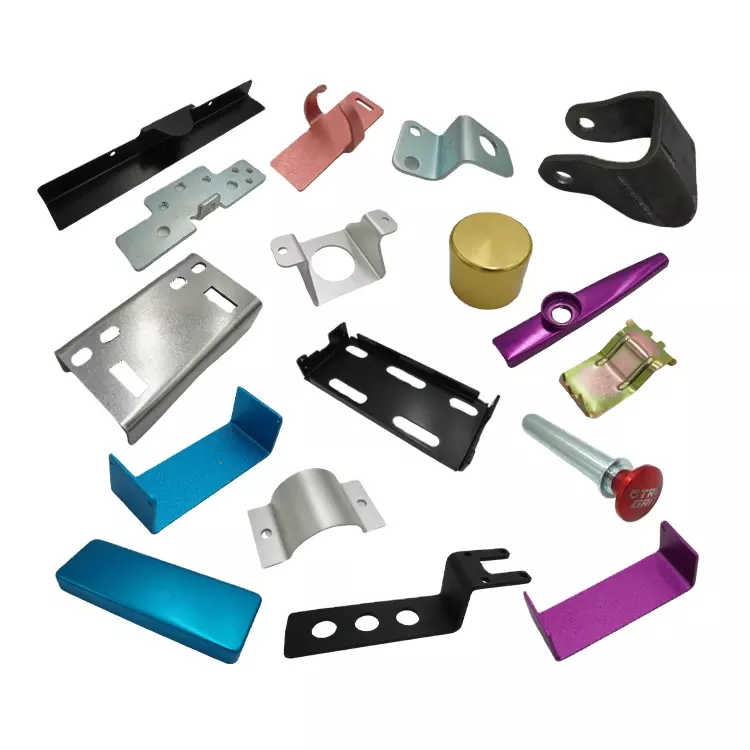In general, we think that all sheet-like profiles with uniform thickness are called sheet metal, with the thickness range <6mm. In actual mechanical engineering, commonly used sheet metal materials include stainless steel, galvanized steel, copper, aluminum, iron, etc.
In the actual sheet metal structure design, we need to follow some design principles.
Principle 1: Choose the sheet metal parts with appropriate thickness
The thickness of sheet metal parts varies from 0.03mm to 6.00mm, but the greater the thickness, the greater the corresponding processing difficulty, and the defection rate of the product increases accordingly. The thickness should be selected according to the actual functional requirements of the product. On the premise of meeting the strength and stiffness of the sheet metal, the thinner the thickness of the sheet metal part, the better.
For most sheet metal products, the thickness is controlled within 1mm, and the commonly used thicknesses are 0.5mm and 0.8mm; industrial-grade sheet metal equipment products are generally between 1 and 2, and the commonly used ones are 1.0, 1.2, 1.5, and 2.0;
Principle 2: The design of sheet metal parts should be oriented towards sheet metal manufacturability
The design of any part must be oriented to the processing technology, and products that do not conform to the processing technology cannot be manufactured. Sheet metal manufacturability refers to the ease of punching and bending of products in various processing processes. The study of this needs to refer to books such as special sheet metal technology, manufacturing technology, guides, etc.
The basic sheet metal processing methods are: punching, bending, stretching, forming, etc.
Principle 3: The shape of the blanking sheet metal part is as simple as possible, avoiding slender cantilevers and slots
The depth and width of the convex or concave part of the blanking part, in general, should be greater than 1.5/t (t is the thickness of the plate). part edge strength
Principle 4: Avoid sharp corners in the shape and inner hole design of the blanking parts
The sharp corners on the sheet metal blanking parts will directly affect the life of the mold. When designing the product, pay attention to the transition of the corner connection at the corner connection. The radius of the fillet is r≥0.5t (t is the thickness of the plate)
Principle 5: Determination of the minimum bending radius value
When the material is bent, the outer layer is stretched and the inner layer is compressed over the fillet area.
When the thickness of the material is constant, the smaller the inner fillet, the more serious the tension and compression of the material; when the tensile stress of the outer fillet exceeds the ultimate strength of the material, cracks and breaks will occur; if the bending radius If the value is too large, it will be affected by the rebound of the material, and the accuracy and shape of the product cannot be guaranteed.

